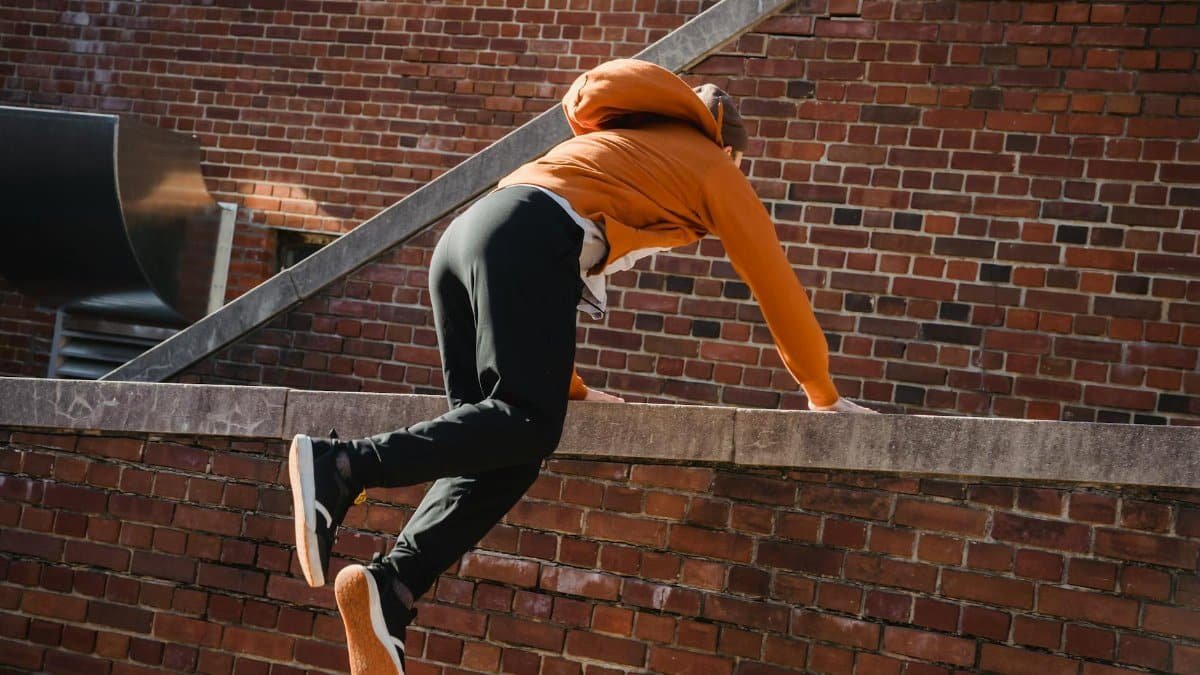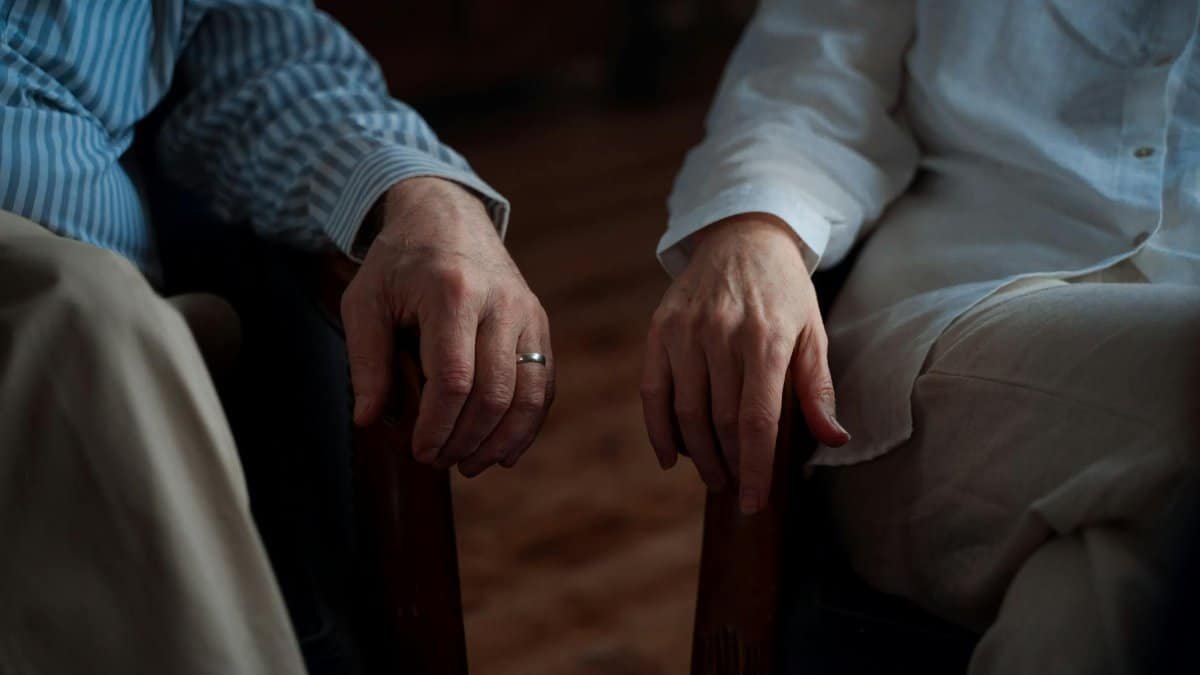Society often celebrates the idea of being fully present, yet for many, embracing true presence feels like stepping into a storm. Let’s be clear: presence presence isn’t just a buzzword—it’s a fundamental shift that disrupts our habitual distractions, forcing us to confront the raw edges of our inner world. In a culture hooked on constant stimulation, this kind of unfiltered awareness can spark unease, even resistance. But why does something so essential feel so uncomfortable at first? As Americans navigate an increasingly digital existence in 2025, with notifications pulling us every which way, the pursuit of genuine presence reveals deeper truths about our fears and habits. It’s not merely about mindfulness apps or meditation retreats; it’s about reclaiming a space where we meet ourselves without armor. This discomfort, though jarring, might be the gateway to deeper connection and clarity, challenging us to question what we’ve been avoiding all along.
The Illusion of Constant Distraction

Our days unfold amid a barrage of screens and alerts, each one promising escape from the quiet. Yet this setup fosters a false sense of security, keeping genuine presence at arm’s length. Consider how a typical morning might go: coffee in hand, scrolling through feeds before the sun fully rises. It’s easy to mistake this busyness for productivity, but it often masks an underlying aversion to stillness. Research from the American Psychological Association highlights how multitasking erodes attention spans, with studies showing that frequent digital interruptions lead to heightened stress levels. One report notes that adults check their phones over 150 times a day on average, a habit that fragments our ability to stay grounded.
Imagine a family dinner where phones sit face-up on the table, ready to interrupt. In these moments, the pull toward distraction reveals a collective discomfort with unmediated interaction. It’s not laziness; it’s a learned response to the vulnerability that comes with being fully there. Shifting away from this requires acknowledging how distractions serve as buffers against emotions we’d rather not face. As one anonymous account shared in online discussions, the initial attempt to unplug felt like “losing a crutch,” underscoring the emotional dependency many have developed.
Breaking this cycle isn’t about demonizing technology. Instead, it’s recognizing its role in perpetuating a superficial engagement with life. When we peel back these layers, the discomfort arises because we’re left with ourselves—no filters, no quick fixes. This realization can feel exposing, yet it’s the first step toward reclaiming agency in our attention.
Confronting Inner Turmoil

What happens when the noise fades? For many, silence amplifies internal chatter, bringing unresolved thoughts to the surface. True presence demands we sit with this turmoil, a process that can stir anxiety or restlessness. Psychologists describe this as encountering the “shadow self,” those parts of us hidden beneath daily routines. A study from Harvard University’s mindfulness research initiative found that participants in meditation programs often reported initial spikes in discomfort, linked to heightened awareness of suppressed emotions.Harvard Magazine on Meditation and Mindfulness explores how such practices uncover latent stress, making the early stages feel counterproductive.
Picture a young professional in Chicago, pausing during a hectic workday to breathe deeply. Instead of calm, a wave of self-doubt crashes in—doubts about career choices, relationships, the works. This isn’t unusual; it’s the mind’s way of processing backlog. The key lies in not fleeing but observing. Over time, this confrontation builds resilience, transforming unease into insight. Yet the path isn’t linear. Some days, the turmoil feels overwhelming, prompting a retreat to familiar distractions. Others bring glimmers of peace, reminding us why we started.
Experts suggest journaling as a bridge, allowing thoughts to spill out without judgment. This practice, grounded in cognitive behavioral techniques, helps normalize the discomfort, turning it from foe to teacher.
The Role of Past Experiences

Our history shapes how we approach presence. Childhood environments, for instance, influence whether stillness feels safe or threatening. Those raised in chaotic homes might associate quiet with impending conflict, making presence a trigger for old fears. Trauma-informed research from the National Institutes of Health underscores this, showing how adverse experiences wire the brain for hypervigilance. A comprehensive review indicates that mindfulness interventions can rewire these patterns, though the initial exposure often heightens discomfort.NIMH on Post-Traumatic Stress Disorder details how such rewiring occurs gradually.
Take the story of a veteran returning to civilian life. Accustomed to high-alert states, sitting in meditation brings flashbacks rather than relief. It’s a stark reminder that presence isn’t one-size-fits-all. Therapists recommend starting small, perhaps with guided sessions that incorporate movement, to ease into the experience. This tailored approach acknowledges personal histories, making the journey less daunting.
As we delve deeper, it becomes clear that discomfort isn’t random—it’s a echo of unresolved narratives. Addressing them head-on fosters a more compassionate self-relationship, where presence becomes a haven rather than a battleground.
Societal Pressures and Expectations

In a productivity-obsessed culture, pausing for presence can feel like rebellion. We’re conditioned to equate busyness with worth, leaving little room for introspection. This societal script amplifies the initial discomfort, as stepping out of it invites judgment—or self-judgment. Pew Research Center data reveals that 60% of Americans feel overwhelmed by work demands, contributing to a reluctance to slow down.Pew Research on American Stress Levels ties this to broader trends in 2025, where remote work blurs boundaries further.
Consider office dynamics: a team meeting where one person suggests a moment of silence for focus. Eyes roll, perhaps, or awkward laughs ensue. The pressure to perform constantly undermines efforts at presence. Yet, companies like Google have integrated mindfulness programs, reporting reduced burnout. It’s a shift that’s gaining traction, challenging the notion that discomfort in presence signals weakness.
Navigating these pressures requires reframing success. When we prioritize inner alignment over external validation, the unease begins to dissipate, revealing a more sustainable way to thrive.
Building Tolerance Through Practice

Like any skill, tolerance for presence grows with repetition. Start with brief intervals—five minutes of focused breathing—and gradually extend them. Discomfort peaks early, then ebbs as familiarity sets in. Neuroscientific studies from the University of California support this, showing brain changes after consistent practice that enhance emotional regulation.UC Berkeley on Mindfulness and Brain Changes illustrates how gray matter increases in areas linked to awareness.
One approach involves anchoring to the senses: notice the feel of fabric on skin, the hum of distant traffic. This grounds the mind, making abstract discomfort more manageable. Over weeks, what once felt intolerable becomes routine, even enjoyable. A retiree in Florida might describe it as “rediscovering the world,” where colors seem brighter and conversations deeper.
Patience is crucial here. Setbacks happen, but they don’t erase progress. Each return to practice reinforces the muscle of presence, turning initial friction into fluid motion.
Presence in Relationships

True presence transforms how we connect with others. At first, it might expose relational gaps, leading to discomfort as superficial exchanges give way to authenticity. Listening without planning a response feels vulnerable, yet it fosters intimacy. Relationship experts point to studies where couples practicing mindful communication report stronger bonds. The Gottman Institute’s research emphasizes this, linking presence to reduced conflict.Gottman Institute on Relationship Dynamics provides insights into building healthier interactions.
Envision a couple on a walk, phones away, truly hearing each other. Initial silences might feel heavy, laden with unspoken tensions. But as presence takes hold, empathy flows more freely. It’s not always smooth—missteps occur—but the commitment deepens trust.
In friendships too, showing up fully means risking rejection. Yet this honesty often strengthens ties, proving that discomfort in presence can lead to richer, more resilient bonds.
The Rewards Beyond Discomfort

Once the initial barriers crumble, presence presence unlocks profound benefits. Clarity sharpens decisions, creativity surges, and a sense of peace emerges. People describe it as emerging from fog into sunlight, where life’s nuances become vivid. Longitudinal studies from the NIH track these outcomes, showing sustained practice correlates with lower depression rates.NIH on Mindfulness Benefits confirms its role in mental health.
A teacher in New York, after months of practice, found grading papers less overwhelming, her mind less scattered. It’s these everyday victories that make the early discomfort worthwhile. Presence becomes a tool for navigating chaos, not just enduring it.
Ultimately, embracing this path reshapes how we experience the world, turning fleeting moments into lasting fulfillment.
Navigating Setbacks Gracefully

Not every day will feel like progress. Setbacks—days when distraction wins—can amplify frustration. Treat them as data points, not failures. Adjust by incorporating gentle reminders, like setting intentions each morning. Wellness frameworks from the CDC advocate this adaptive mindset for habit formation.CDC on Coping with Stress offers practical strategies aligned with presence building.
One person’s journey might include slipping back into old patterns during stress, only to recommit stronger. This ebb and flow normalizes the process, emphasizing compassion over perfection.
With time, setbacks lessen, and presence integrates seamlessly into daily life, proving its discomfort was merely a threshold to cross.
